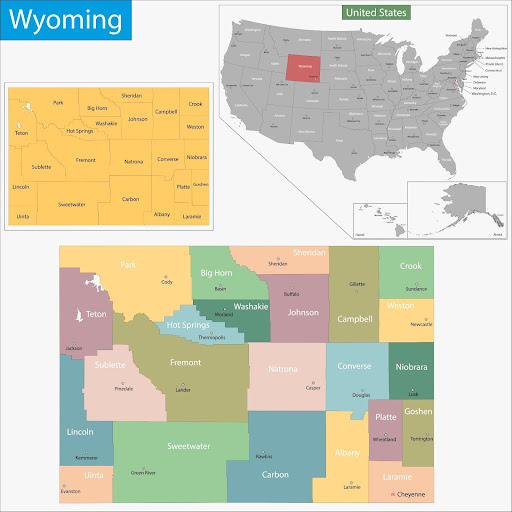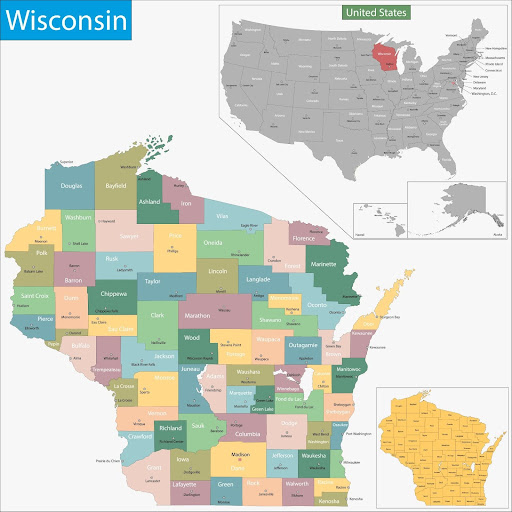Wildland fire in Washington doesn’t follow a single script. On the west side, fire creeps through damp timber and fern, often overlooked until it’s too late. On the east side, it's wind-driven grass and shrub fires that chew through terrain with little warning. As a fire investigator, you’re operating in one of the most topographically and politically complex fire environments in the country.
Whether you’re chasing down an escaped debris burn in the Palouse or analyzing ignition sources on tribal or federal land in Okanogan County, this guide outlines what you need: interagency contacts, seasonal fire behavior, real-time intel links, and where to get your NWCG updates.
For a broader overview, visit our wildland firefighting resources portal.
Live Incident Updates & Maps
Use this tool to track wildland fires in Washington as they unfold:
State Overview
Washington’s fire risk is defined by elevation, precipitation, and fuel type. You’ll encounter drastically different investigative conditions depending on which side of the Cascades you’re working on.
- Western Washington: Dense Douglas-fir forests, high humidity, and complex terrain. Fires are slower-moving but difficult to access and extinguish completely.
- Eastern Washington: Grasslands, shrub-steppe, and ponderosa pine ecosystems burn fast and hot. Fires can spread rapidly in high winds and require aggressive initial attack.
- Cascades & Foothills: Fuel continuity and steep slopes make this a high-risk zone for lightning-caused fires. Fire investigators need to account for deep duff burns and prolonged smoldering.
- WUI Expansion Zones: Spokane, Wenatchee, Yakima, and parts of Thurston County are seeing a rise in human-caused ignitions. Expect everything from lawnmower sparks to powerline faults.
Wildfire Season Timeline
Fire season in Washington isn’t limited to a few months anymore. The landscape is trending drier and hotter—investigators need to be ready earlier and for longer.
- Spring (April–June): Eastern Washington’s cured grasses ignite easily. Debris burns and agricultural fires are major culprits this time of year.
- Summer (July–September): Peak fire season. Lightning, recreation-related ignitions, and red flag wind events combine across both sides of the state.
- Fall (October–November): Dry east winds can trigger late-season flareups, especially in central and eastern counties. Investigators may face rekindling from slash piles and controlled burns.
- Winter (December–March): Usually low activity, but winter droughts and windstorms can produce off-season fires, particularly in the Columbia Basin.
Key State Agencies Involved
Washington’s wildland fire response is spread across several agencies, often working in tandem or under mutual aid agreements.
Local Wildland Firefighting Resources
Washington’s initial attack resources are a blend of state-employed hand crews, federal engines, and local fire districts. Many rural VFDs are short-staffed and rely on DNR or federal backup for investigation and suppression support.
List of Local/State/Federal Fire Response Agencies
Depending on the fire’s location, you may work with:
Contact Numbers and Emergency Links
- To Report a Wildfire: Dial 911
- WA DNR Fire Info Line: (800) 562-6010 | https://www.dnr.wa.gov/Wildfires
- Northwest Interagency Coordination Center (NWCC): https://gacc.nifc.gov/nwcc
- Statewide Burn Restrictions & Permit Info: https://www.dnr.wa.gov/burn-restrictions
Training & Volunteering
Washington offers extensive NWCG-aligned training through state and federal partnerships.
NWCG-Approved Academies and Centers
Volunteer and Seasonal Training Opportunities
Stay Informed on Washington’s Wildland Fire Landscape
Fire behavior here isn’t what it used to be. Fires are burning longer, moving faster, and igniting in areas that used to be safe. As a fire investigator, your credibility hinges on staying current.
- Subscribe to NWCC Predictive Services
- Check DNR’s Fire Dashboard before deployment
- Connect with federal fire investigation mentors through the Region 6 USFS or BLM Field Offices
- Track suppression activities and local dispatches via the Washington Smoke Blog
FAQs
Who investigates wildfires in Washington?
DNR handles state and private lands. Federal lands are under USFS or BLM jurisdiction. Local fire marshals or districts may initiate investigations in WUI areas.
Can I burn brush legally in Washington?
Yes, but only with a burn permit. Restrictions vary by region and time of year. DNR and county burn bans override permits during high fire danger.
What causes most wildfires in Washington?
Debris burns and equipment sparks lead the list. Lightning is the top cause during mid-to-late summer, especially in the Cascades and Okanogan regions.
Is red card certification required for wildland investigation roles?
Yes. Investigators must maintain NWCG certification. Most courses are available through DNR, federal agencies, or regional academies.










